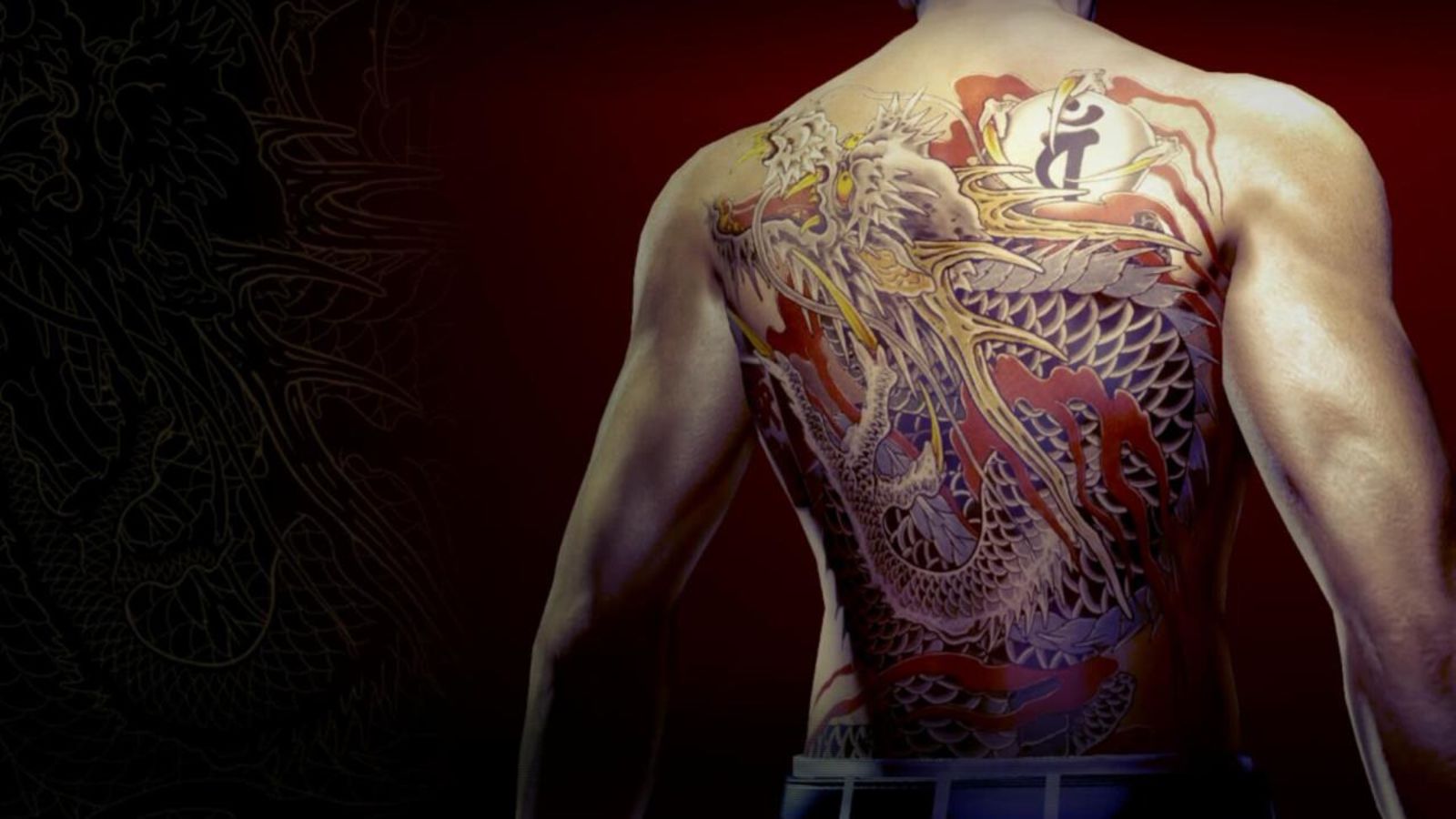
Fans of Yakuza games may have seen Goro Majima’s incredible tattoo. It features a full-body hike design of white Hannya and snake combinations – the latter making an excellent motif.
Hannya
Samurais use Hannya masks as symbols of discipline and power; however, they also often represent miserable female demons who have become violent due to sadness, envy, or rage. Hannya demon is a traditional Japanese character used in noh, and kyogen theater plays to represent an envious woman who transformed into a demonic figure and also serves as a mask in Shinto Kagura ritual dances.
Noh shows relied heavily on mask colors to convey story elements; white masks were typically associated with upper-class characters, while dark-colored ones, such as red, could signify lower classes and evil forces. Hannya masks were widely seen as powerful amulets against evil and misfortune, often representing good luck or protecting against it. Majima’s tattoo features feminine imagery, featuring a Hannya demon adorned with Sakura Blossoms to symbolize spring and rebirth and white snakes to represent good fortune and longevity. Hannya stands in stark contrast to its flowers that blossom each year – their beauty providing an alluring juxtaposition with such an intimidating demon.
Sakura Blossoms
Sakura blossoms are beloved in Japan, celebrated for their delicate pink petals and short life span. An integral part of Japanese culture, they’re widely celebrated during the blooming season with picnics and flower-viewing parties known as hanami parties. Japanese have long seen sakura trees as symbols of life’s fleeting nature, renewal, and rebirth, making them essential to their culture and national landscape. Sakura are striking because they starkly contrast with other natural phenomena. Just as many different flowers, sakura are known for their fleeting nature.
White Snakes
Japanese culture holds the white snake as a powerful symbol of purity and ritual, representing good luck and protection in any situation. Traditional tattoos depicting snakeheads are often placed behind or on the shoulder as it is believed that this will ward off evil spirits and bring good luck. Aside from this, red snakes symbolize power and liveliness, while blue ones may symbolize purity, wisdom, or protection. Snakes symbolize rebirth and immortality because their skin sheds periodically, allowing it to appear new and fresh.
Koi
Koi fish have long been one of the most beloved symbols in Japanese tattoo tradition, often depicted in battle scenes to symbolize strength and courage. Additionally, these iconic fish represent good fortune: once able to easily swim through waterfalls despite facing considerable difficulty during their lives. Goro Majima sports a classic Yakuza back tattoo design similar to this, showing his martial artistry skills. It also displays Goro Majima as a clan member with strong martial traditions reminiscent of Samurais.
Dragon
Another popular tattoo design of Yakuza members is a dragon. A rug, which consists of koi fish that transform into dragons, symbolizes overcoming challenges to achieve success and has come to indicate success for Yakuza members. Kiryu also boasts a fantastic dragon tattoo! Although still being fully inked, it looks spectacular!
Kiryu’s tattoo features Benji symbols for Dainichi Nyorai, the primary deity in Esoteric Buddhism. His design also incorporates a serpent as a sign of power and protection.

